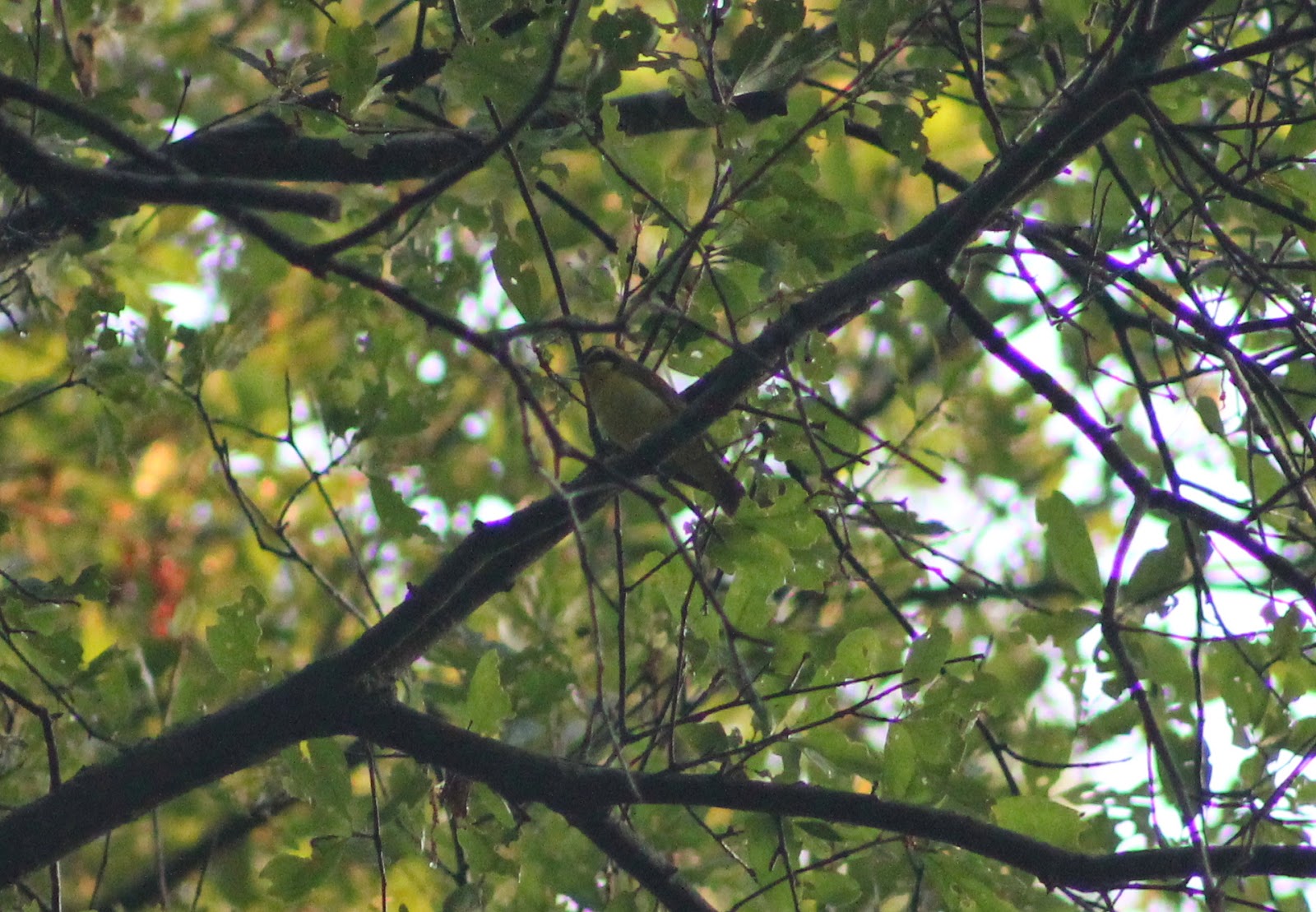- Lapland Longspur & Snow Buntings- Not only did I see a LALO, but a LALO hanging out with four Snow Buntings in North Carolina. Quick, pinch me. I think I'm dreaming. Oh wait, I'm not because I got a photo. For one of the most numerous North American birds, this species is a rare winter visitor to NC. Only seen in their basic plumage in NC, they breed in the high arctic tundra then winter in the central US with a few that stray into the Southeast. Most birders in NC most often see them in plowed fields on the coastal plain, dunes and beaches or the Charlotte Motor Speedway has been a reliable spot with its extensive shortgrass.
- Yellow-crowned Night Heron- This guy was the best. He was out in open feeding!
- Saw-Whet Owl- Yep, I saw whet
- Lesser Black-backed Gull- Saw a lot at Cape Hatteras. I love theses gulls because of their interesting increased presence in North America. 20-30 years ago these guys were considered a very rare winter visitor, but now are regular winter residents in Eastern North America. They are common at Cape Hatteras in the winter and rare, but found annually inland in NC.
- Short-eared Owl- Got a decent view through a scope as it sat out in a field at Alligator River NWR.
- Snow Goose- A great Wake county bird because they are rare for the piedmont.
- Surf Scoter- Had an excellent view of a few that flew past Oregon inlet.
- Virginia Rail-Best view of a rail I have ever had! They hardly took notice of me and other birders watching them from a boardwalk at Bodie Island feeding about ten feet from us.
- Orange-crowned Warbler- An uncommon warbler for NC, mostly found at the coast, but I got a great opportunity to see one in the Piedmont for a nice Wake county lifer.
- Common Merganser- Felt good to find one on my own in the piedmont. Spotted a female in a huge flock of Double-crested Cormorants at Jordan Lake.
Current Species Tally: 136 with my last bird a, . . . drum roll please . . . Chipping Sparrow.













.gif)





































